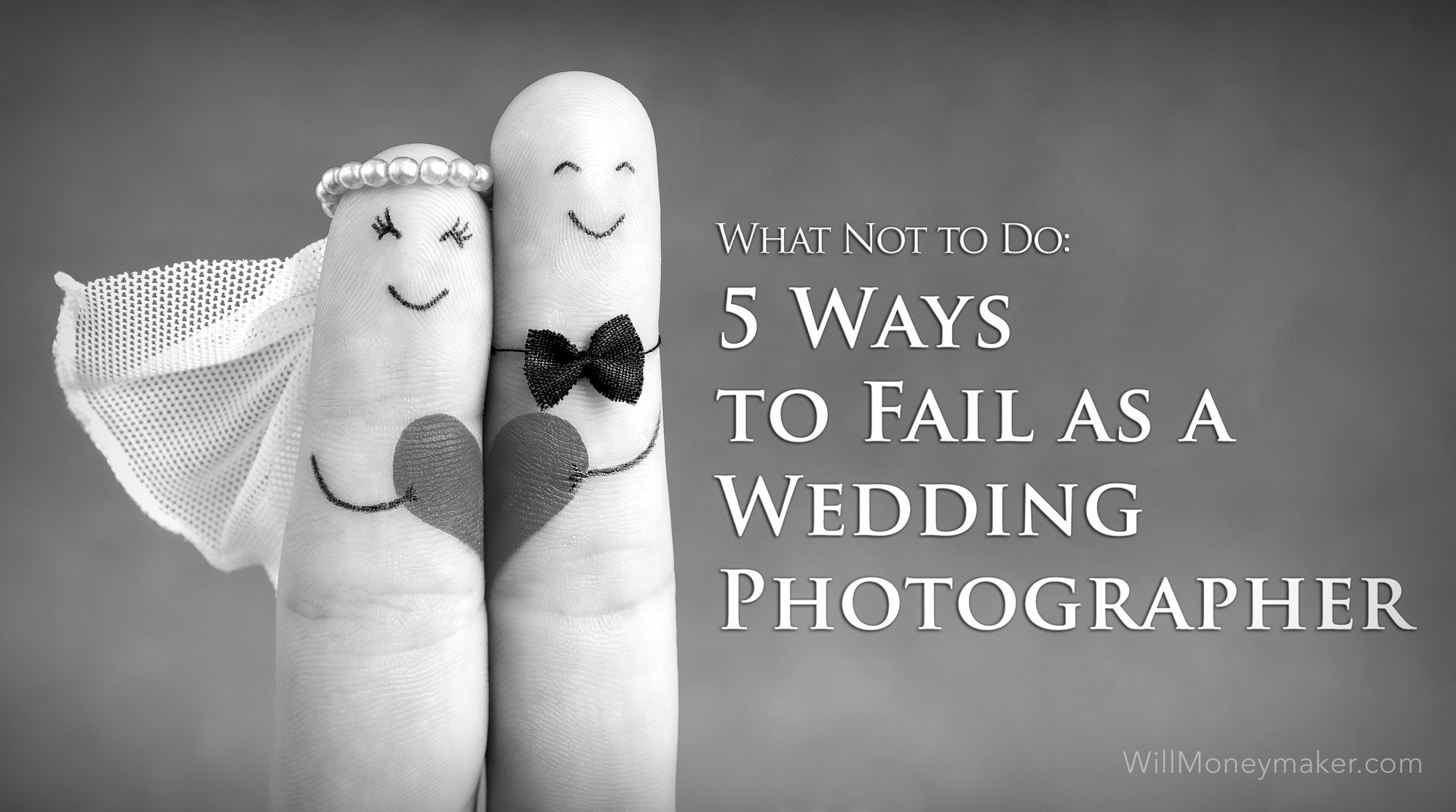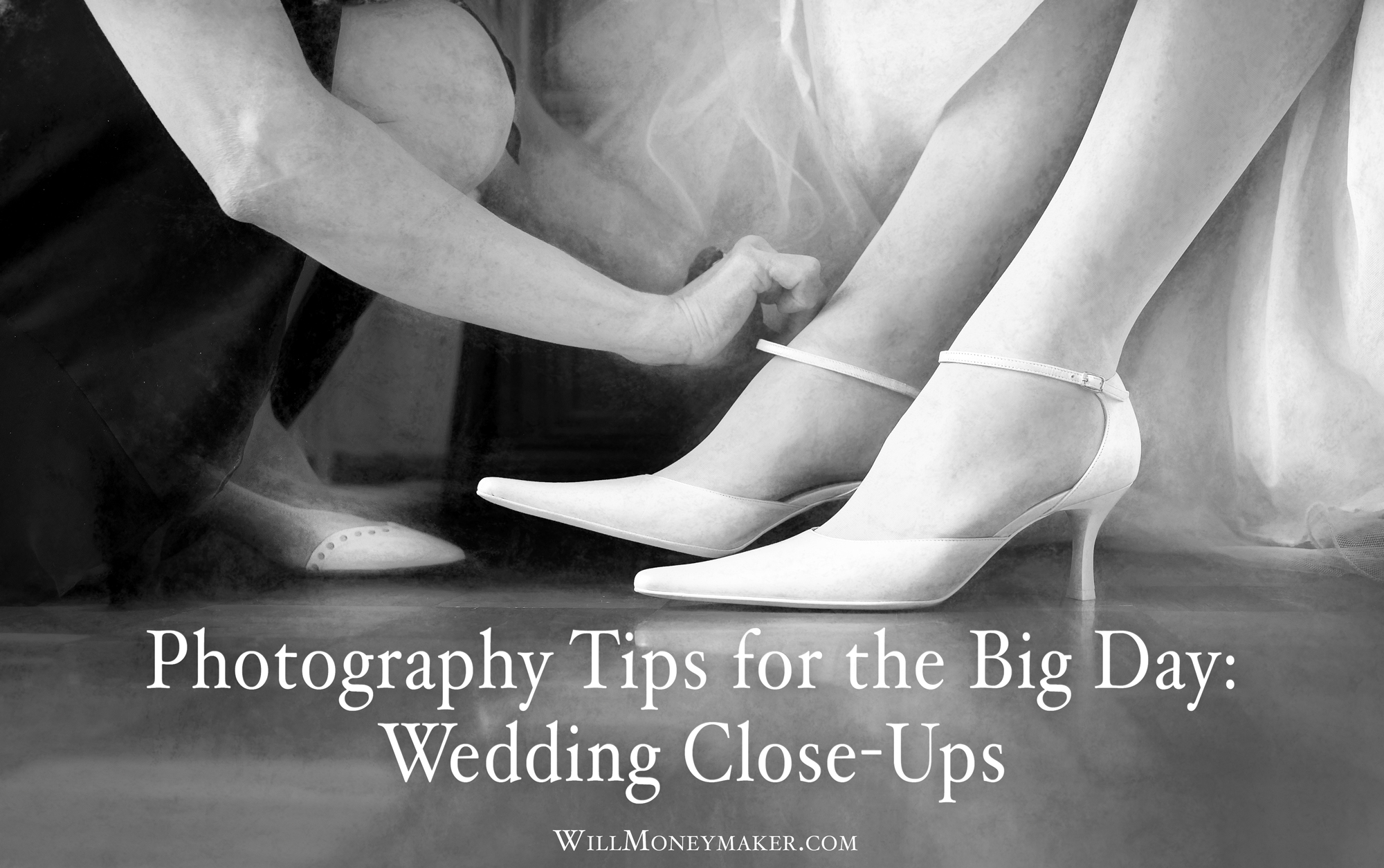Have you ever noticed that the word “perfect” shows up a lot when people talk about weddings? They talk about the perfect venue, the perfect dress, the perfect kiss. As a wedding photographer, you don't want to be the one to deliver a less-than-perfect product. But weddings can be hard to shoot, especially when the pressure is on. Here are five things NOT to do as a wedding photographer.
1. Don’t Skimp on Prep
It's tempting to think that every wedding is the same and get lulled into a false sense of security. But skimping on pre-wedding prep is a bad move. Think about it: you have one shot at documenting what may be your client’s defining life event. Here’s how to make sure you’re prepared:
- Meet the Couple: Spend time getting to know the bride and groom. Understand their personalities, preferences, and what moments are most important to them. This will help you capture photos that reflect their unique story.
- Scout the Venue: Visit the venue ahead of time to understand the layout, lighting conditions, and any potential challenges. Note the best spots for key shots like the ceremony, group photos, and candid moments.
- Plan Your Gear: Make a checklist of all the equipment you’ll need, including cameras, lenses, flashes, memory cards, and backup batteries. Make sure everything is in working order and packed the night before.
- Create a Shot List: Discuss and finalize a shot list with the couple. While spontaneity is key, having a list of must-have shots ensures you don’t miss any important moments.
2. Don’t Get Married to Your Plan
As a wedding photographer, you need to balance your artistic desires with the reality of a complex event. Think of a wedding as a multi-part film with competing directors. Here’s how to stay flexible:
- Adaptability: Be ready to adapt when things don’t go as planned. The timeline might shift, weather conditions can change, and unforeseen issues can arise. Stay calm and be ready to adjust your plan on the fly.
- Quick Thinking: Develop the ability to think on your feet. If the lighting is poor or a key shot is disrupted, quickly find a new angle or setup that works.
- Effective Communication: Maintain open communication with the wedding coordinator and other vendors. This ensures you’re aware of any changes and can adjust your approach accordingly.
- Efficient Formal Shots: For formal shots, time is of the essence. Have a system in place to gather groups quickly and efficiently. This keeps the day flowing smoothly and allows guests to get back to enjoying the celebration.
3. Don’t Let The Bride Run The Show
A bride who’s also an amateur shutterbug can be a wedding photographer’s worst nightmare. Here’s how to handle a controlling bride (or any other overzealous party member):
- Listen and Reassure: Take the time to listen to her concerns. Acknowledge her ideas and reassure her that you’re committed to capturing her vision while using your professional expertise.
- Set Boundaries: Politely set boundaries if she becomes too involved. Explain that your job is to document the day naturally and that constant direction might disrupt the flow and authenticity of the photos.
- Focus on the Big Day: Gently redirect her focus back to enjoying her wedding day. Remind her that you’re there to capture those candid moments and that her trust in your abilities will result in the best possible photos.
- Address Concerns Early: Discuss any specific requests or concerns during the planning stages. This proactive approach helps prevent issues from arising on the wedding day itself.
4. Don’t Get Too Big For Your Britches
When you’re at a wedding, remember your role is to document the wedding. Period. Here’s how to stay professional and avoid overstepping:
- Dress Appropriately: Dress in a way that allows you to blend in with the guests. Choose professional, comfortable attire that suits the formality of the event.
- Stay Focused: Your primary role is to capture the event, not to socialize. While it’s important to be personable and build rapport, remember that your main responsibility is to document the day.
- Be Discreet: Aim to be as unobtrusive as possible. Use long lenses to capture intimate moments from a distance and move quietly during the ceremony and key moments.
- Respect the Moment: During important moments like the vows, first dance, or speeches, avoid any actions that might distract or draw attention away from the couple and their experience.
5. Don’t Ever Forget Your Clients
It seems like there are a million pitfalls and sticking points built into the process of shooting a wedding and delivering photos the bride and groom will love. Here’s how to keep your clients at the forefront:
- Capture Emotions: Focus on the genuine expressions of love and joy throughout the day. These candid moments are often the most cherished by the couple.
- Anticipate Moments: Be ready to capture those spontaneous, unpredictable moments that tell the true story of the day. This could be a tearful glance, a burst of laughter, or a quiet, intimate moment.
- Stay Calm Under Pressure: Weddings can be stressful, but maintaining a calm and composed demeanor will help put the couple at ease and result in better photos.
- Build Relationships: Establishing a good rapport with your clients can lead to more natural, relaxed photos. Plus, a satisfied client is likely to recommend you to their friends and family.
- Follow Up Promptly: After the wedding, communicate clearly about the timeline for delivering the photos. Meeting or exceeding their expectations in this regard can leave a lasting positive impression.
Additional Tips for Success
- Backup Equipment: Always have backup equipment on hand. Cameras can fail, batteries can die, and memory cards can fill up faster than expected. Having backups ensures you're prepared for any technical hiccup.
- Stay Invisible: Blend in as much as possible. The best wedding photographers are often the ones who are hardly noticed, capturing moments without intruding.
- Capture the Details: Don’t forget the little things. The bride’s shoes, the groom’s cufflinks, the table settings – these details add depth to the wedding album and help tell the complete story of the day.
- Build Relationships: Get to know the other vendors. Coordinating with the wedding planner and caterer can help ensure you’re in the right place at the right time to capture key moments.
- Be Flexible: Sometimes, despite all the planning, things won't go as expected. Stay calm, adapt, and continue to focus on capturing beautiful moments.
With these tips in mind, you're better equipped to avoid the common pitfalls of wedding photography and deliver a product that your clients will cherish for years to come. Happy shooting!





